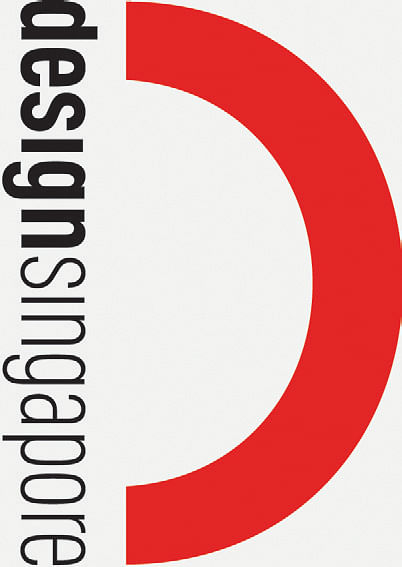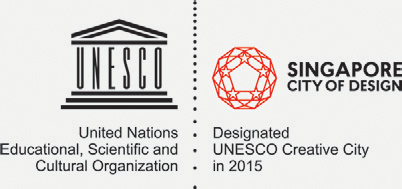Masterplanning a mindset shift
The newly launched Design 2025 masterplan envisions a Singapore in which design is part of the national skill set and advances Singapore's economic and social interests. But what will it take to get us there?
Sign up now: Get ST's newsletters delivered to your inbox
Arti Mulchand
Follow topic:
When United States carmaker Ford consulted with Tim Kobe on launching its Lincoln model in China, his first recommendation was to "get rid" of its salespeople.
"You had to understand the car buying environment in China. Lincoln needed to connect with people in a way that was more meaningful," explained the founder of award-winning strategic design firm Eight Inc, and originator of the Apple store concept.
Enter the "Lincoln Way", a more subtle and personalised buying experience in an environment designed around customer experiences and forming relationships. Hard selling had no part in the equation.
Seven months post-launch, the carmaker reportedly broke its own record for cars sold in a single month - and new records continue to be set.
The secret to Ford's success is not just a great car, explained Mr Kobe, who is part of the 16-member Design Masterplan Committee behind Design 2025 - Singapore by Design, the new national blueprint for using design and innovation to fuel growth in the next decade.
"It was a well-designed solution that took into account cultural nuances... Great design is about understanding human behaviour, not about whether people like red or blue," he said.
Knowing how people experience products, and drawing on design to make that experience better, is what has made companies like Apple successful, he added.
This is precisely how Singapore needs to approach its next phase of growth.
"The shift is happening globally. In schools like Harvard, they are teaching future leaders to be more design-capable and design-centric because that is where the competitive advantage lies in business. It creates better business outcomes.
"You need to know what it is that matters before you can create relevant products and services," said Mr Kobe.
Mr Jeffrey Ho, executive director of the DesignSingapore Council, agrees. "Good design speaks to 'needs' by ensuring usability, 'wants' by providing a good look and feel, and 'desires' through the concepts and stories that provide meaning. A designer is able to aggregate all three to create experiences," he said.
SHIFTING DESIGN'S DEFINITION
This multifaceted approach to design threads through Design 2025 and its strategies to boost Singapore's design development, fuel the industry's growth and make design part of the national skill set, say members of the committee behind the 48-page document.
It is the reason why, for example, spelling out Singapore's design vision and charting a path towards it was a job not just for designers, but also for the Government, businesses and academics.
The Design Masterplan Committee is chaired by Economic Development Board (EDB) chairman Beh Swan Gin, and includes members from both the private and public sectors. Among the members are Ms Priscilla Shunmugam, founder and designer of Ong Shunmugam; Mr Loh Lik Peng, founder and director of Unlisted Collection; and Mr Ho of the DesignSingapore Council.
Its recommendations span everything from promoting a more tactile education in pre-schools and helping small design firms succeed, to using design thinking in policymaking and co-creating spaces with members of the community.
"Design 2025 is all-encompassing and includes education, business and a mix of hard economic benefits and softer elements that touch the heart. That is very powerful," explained committee member Low Cheaw Hwei, head of design for Philips Asean Pacific and Philips Design Consulting Asia.
Ultimately, this will move Singapore closer to its vision of being an innovation-driven economy and a loveable city in both tangible and intangible ways, said Communications and Information Minister Yaacob Ibrahim, who accepted the recommendations and launched Design 2025 earlier this month.
"It is established upon the single ethos of embedding design into our day-to-day lives, and revolutionising the way Singapore thinks, feels, and uses design," he said.
A NEW DEFINITION FOR DESIGN
To get Singaporeans to fully appreciate what Design 2025 seeks to achieve and recognise the far-reaching impact of design, it is necessary to first redefine how design is understood, say both design practitioners and businesses.
Design needs to be taken beyond the assumption that it relates only to art or aesthetics, they add.
"The narrative of design has been hijacked by designer labels and we are trying to shake that off. People think great design is premium or luxury, that it costs more or is only about self-expression," Mr Low explained.
"Design is about problem-solving. You can walk into a hardware shop and find good design solutions there, even if some of it is not aesthetically pleasing. A well-designed dustbin or bus stop is as important as a well-designed handbag."
With that broader definition, Singaporeans might appreciate that the city-state, which was recently designated a Unesco Creative City of Design, is already doing several things right.
As Dr Yaacob said, "good design has always been part of Singapore's DNA". He pointed to Housing Board flats and the nation's approach to urban planning.
Adding to that, Mr Low noted how Singapore's green spaces are cleverly connected, while Mr Kobe cited Singapore's rail transit system and how smoothly people are moved in and out of stations or onto platforms.
"People who take the MRT every day don't realise how it moves people in an intelligent way," said Mr Kobe. "A lot of time, money and consideration has gone into creating a system that makes sense. It's remarkably well done.
"The reality is that even the most fundamental things here are well-designed, and that's a big part of why Singapore is so successful. Former Prime Minister Lee Kuan Yew considered tree planting to be as important as a good defence (force) and medical system. He knew these would provide the best outcomes for the majority."
A STARTING POINT
Design 2025 takes things several steps further but, as Dr Beh of EDB pointed out, it is just a starting point. "The recommendations are not an exhaustive list and there will be many more things the community and design sector will come up with," he said at a press conference announcing the masterplan.
The 10-year plan draws on a core strength of design thinking: the ability to constantly prototype and adapt to how people behave, Mr Low added.
"The report is very tangible. We made use of what we do in the design process - go crazy with ideas, identify patterns of thought, gather those ideas, rethink them - and then we created a report that was usable in the long run," he said.
"This is a journey that will be as long as the country's evolution."
Brought to you by



